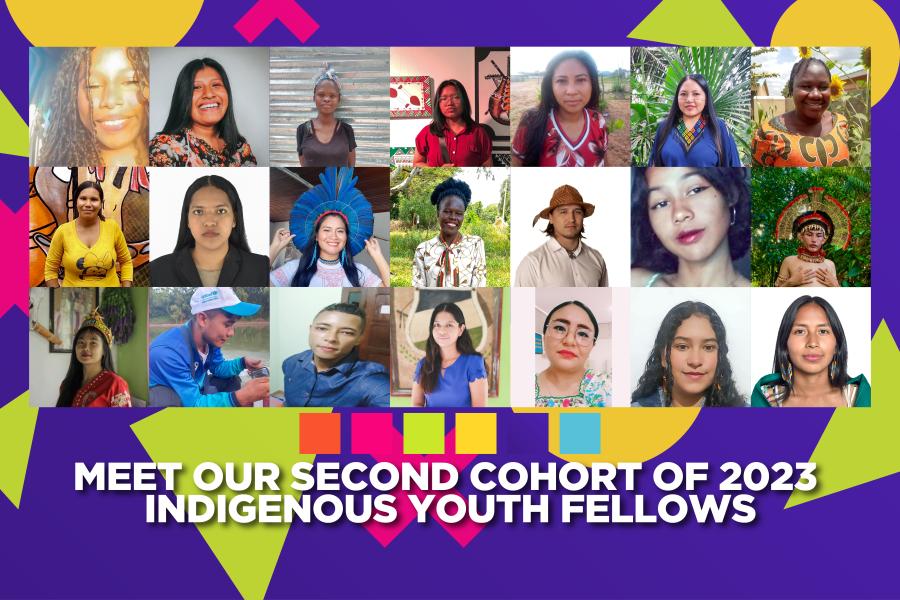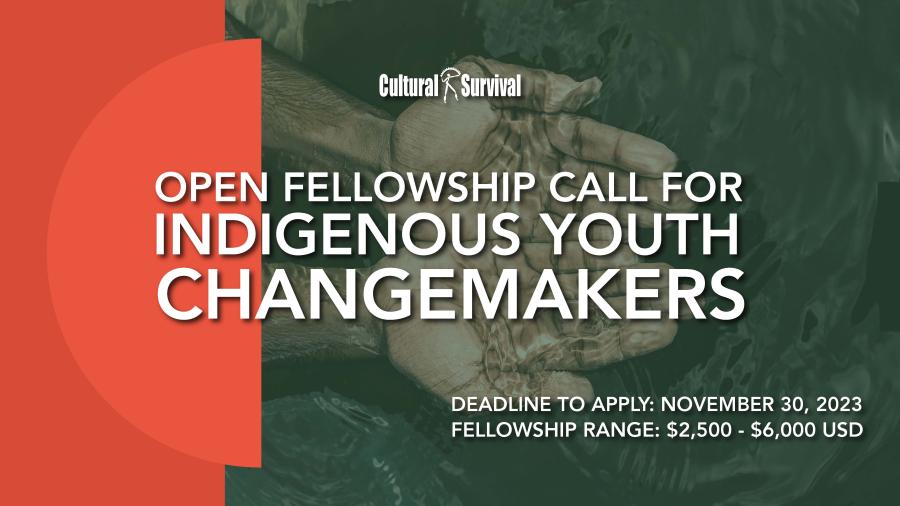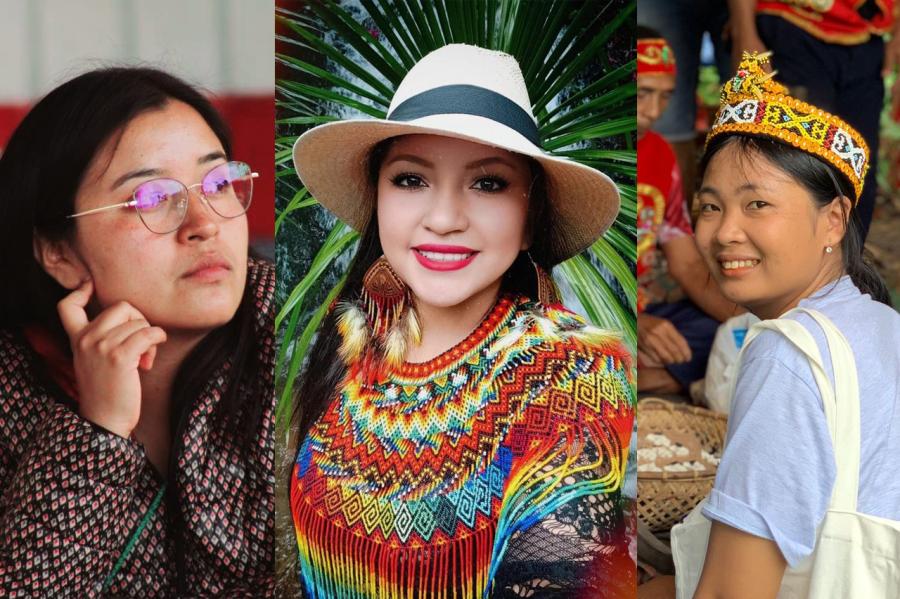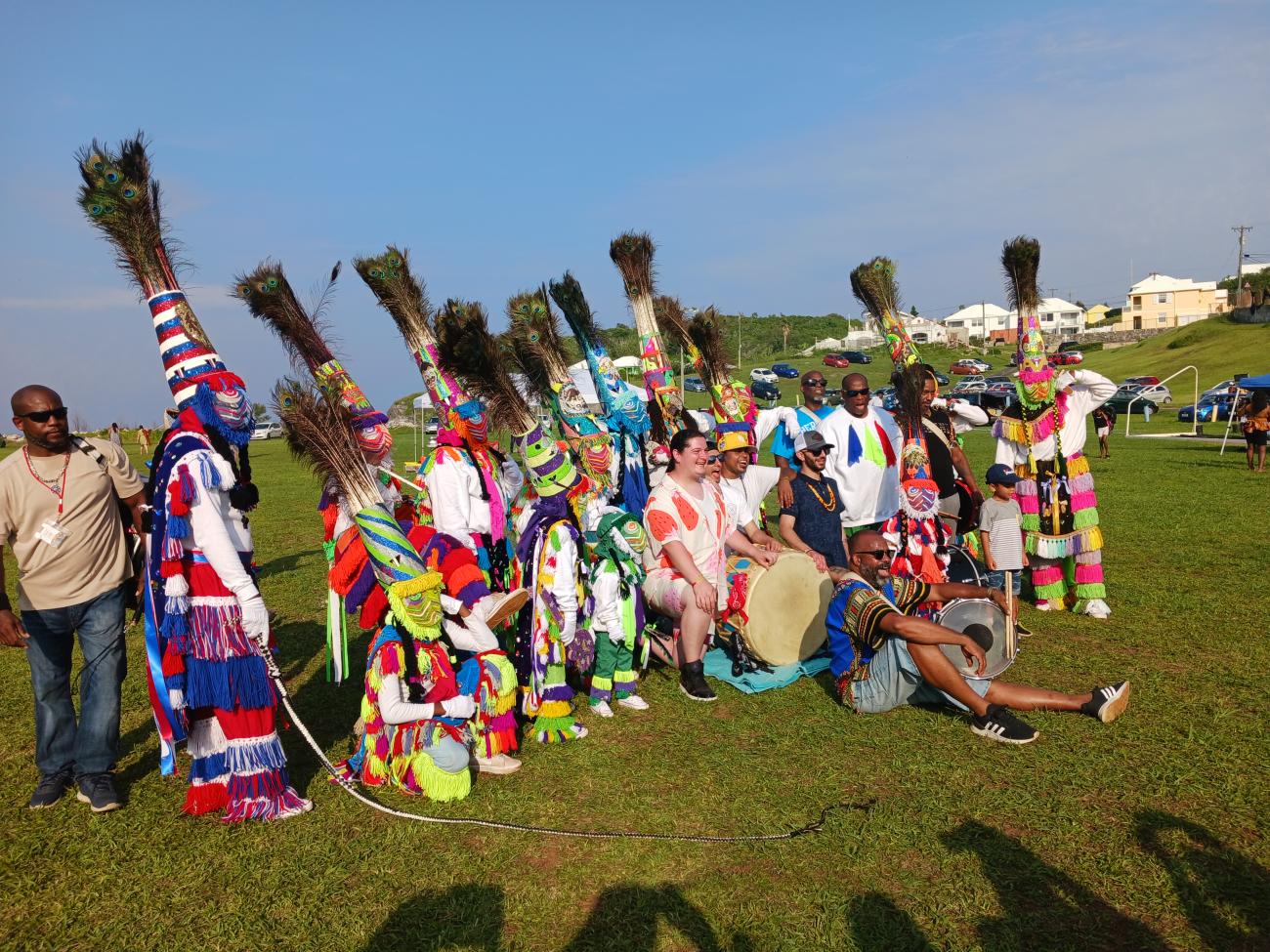
By Hartman Deetz (Mashpee Wampanoag)
Indian John, a Wampanoag, was taken captive in Massachusetts in 1676 during King Philip’s War (June 20, 1675 – April 12, 1678) and sold into slavery in Bermuda. He resisted his slave masters, eventually attempting his escape and the murder of his captors. In 1681, John stole his master's musket and pistol and ran out to the yard. He fired the musket in the air, and when his captors came running out, he aimed the pistol and had a misfire. Soon after, John was captured and sentenced to be drawn and quartered. His head and body parts were impaled on pikes and displayed in notable places to serve as a warning to others who might have been thinking to follow suit.
Chief Metacom’s, a.k.a. King Philip’s fight against the colonists ultimately ended with the drawing, quartering, and display of his own body. For the survivors of King Philip's War, or more appropriately, Metacom’s War, this must have been particularly pertinent—especially to Metacom’s wife and son, who were rumored to also be enslaved in Bermuda. So the story was told to us by St. Clair “Brinky” Tucker at the site of Indian John's execution in Bermuda.
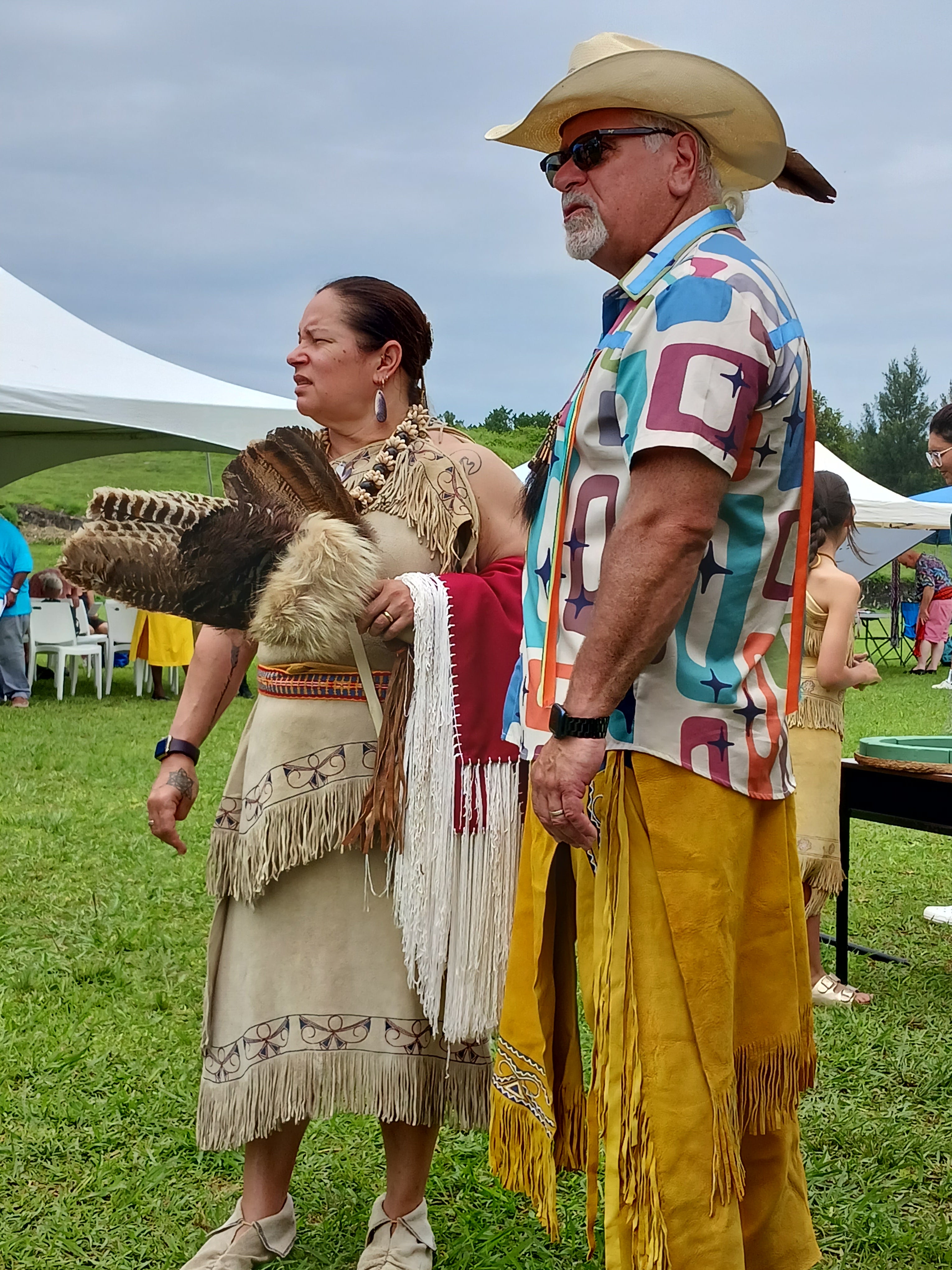
As Mashpee Wampanoag Peoples, we are privileged to remain on our ancient ancestral homelands. Some of our neighboring Tribes, such as the Chappaquiddick Wampanoags, have been entirely dispossessed of their homeland acre by acre, foot by foot. The people of Brotherton were relocated to New York after their lands were sold from under them, then relocated again to Wisconsin. Our people were spread across the globe as harpooners on whaling ships to New Zealand, Peru, and even Alaska. Still others, such as our cousins in Bermuda, were forcibly removed in bondage.
These relocation experiences are common stories of Indigenous Peoples in the face of colonization. This past June, I had the great privilege to take part in a far less common experience—that of reconnecting with relatives separated for over 300 years. The biannual event of Bermuda's St. David’s Reconnection Day has been happening since 2002, and since that first occasion I have been eager to join in. This year, I finally had my chance. It was a full event including a tour of significant locations on the island, a potluck and social, as well as the main event: the reconnection powwow, which featured traditional Eastern Woodlands songs as well as more contemporary powwow styles of dance and the infusion of Caribbean traditions of the Warwick Gombey Dance Troupe.
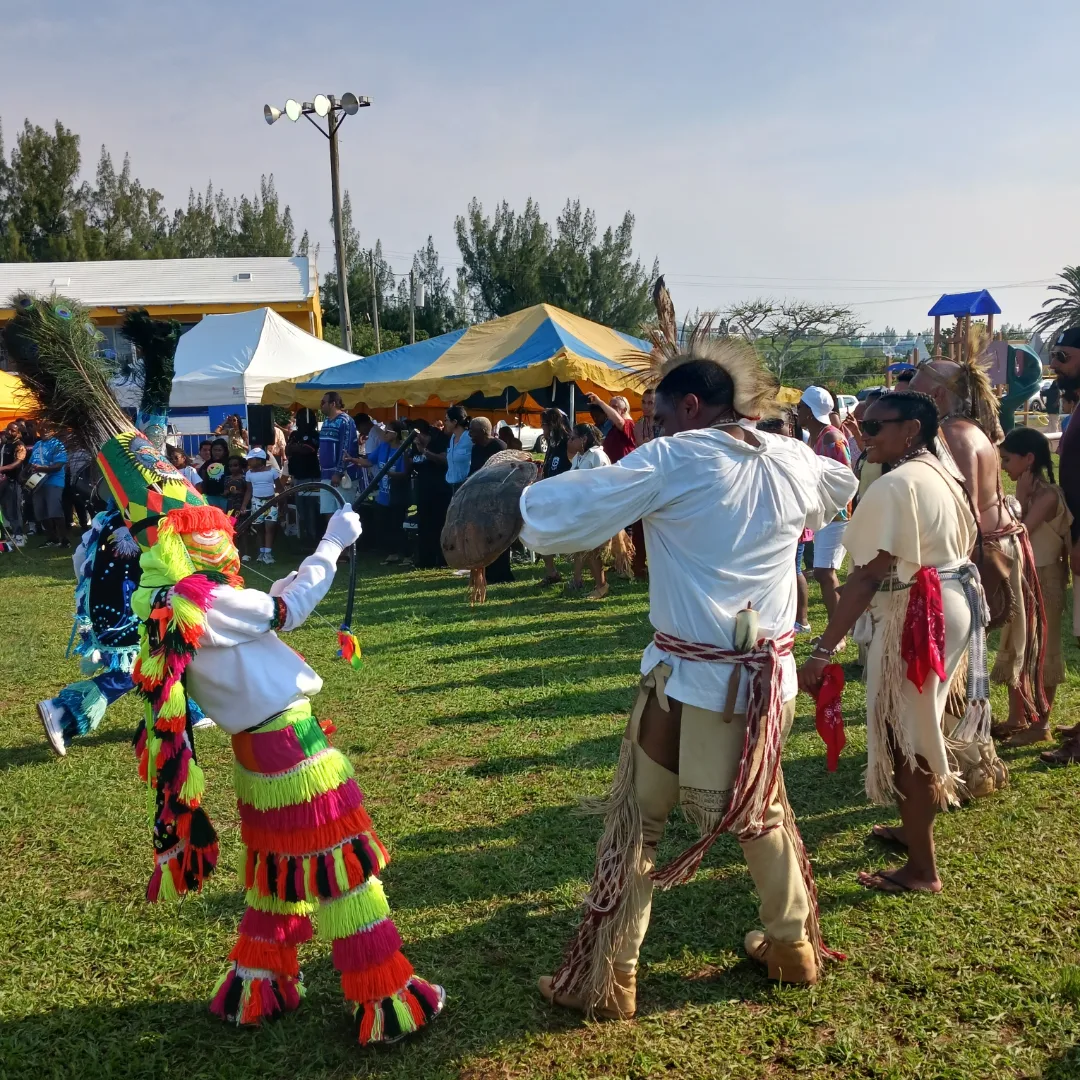
Coming to St. David’s felt like the family reunion that it truly is. The work of reconnection was a bridge built from both sides and fastened together where we met in the middle. For Native people from New England, much of the research had been spearheaded by the late Tall Oak Weeden in a search for what happened to Metacom’s wife and son after his demise at the end of the war. The rumor that they were sold into slavery in Bermuda was persistent but unverified; much of what exists in the court records are the debates over whether Metacom’s 12-year-old son should be executed or enslaved as punishment for being the son of the leader who fought against the crown of England. The answer was not in the court record nor in any ship manifest. The intention of the crown to sever Metacom’s family lines and bonds left no records, no court ruling or judgment. The argument for execution centered around fears that Metacom's son or other descendants could possibly return and rise again.
This bureaucratic erasure is reinforced by the scant evidence that exists in Bermuda. In the church graveyard, which was established in the 1600s and is still in use, there is a section of the cemetery for enslaved African and Native American people. Today, as you walk among the graves and headstones, you can also see where gates and porticos have been walled over in years past. In this challenging environment, the late Ina Christina Lugo endeavored to find the roots of her people, often referred to as the St. David’s Mohawks. She started with a family tree kept in the back pages of a family bible; vital records were kept by the community itself.
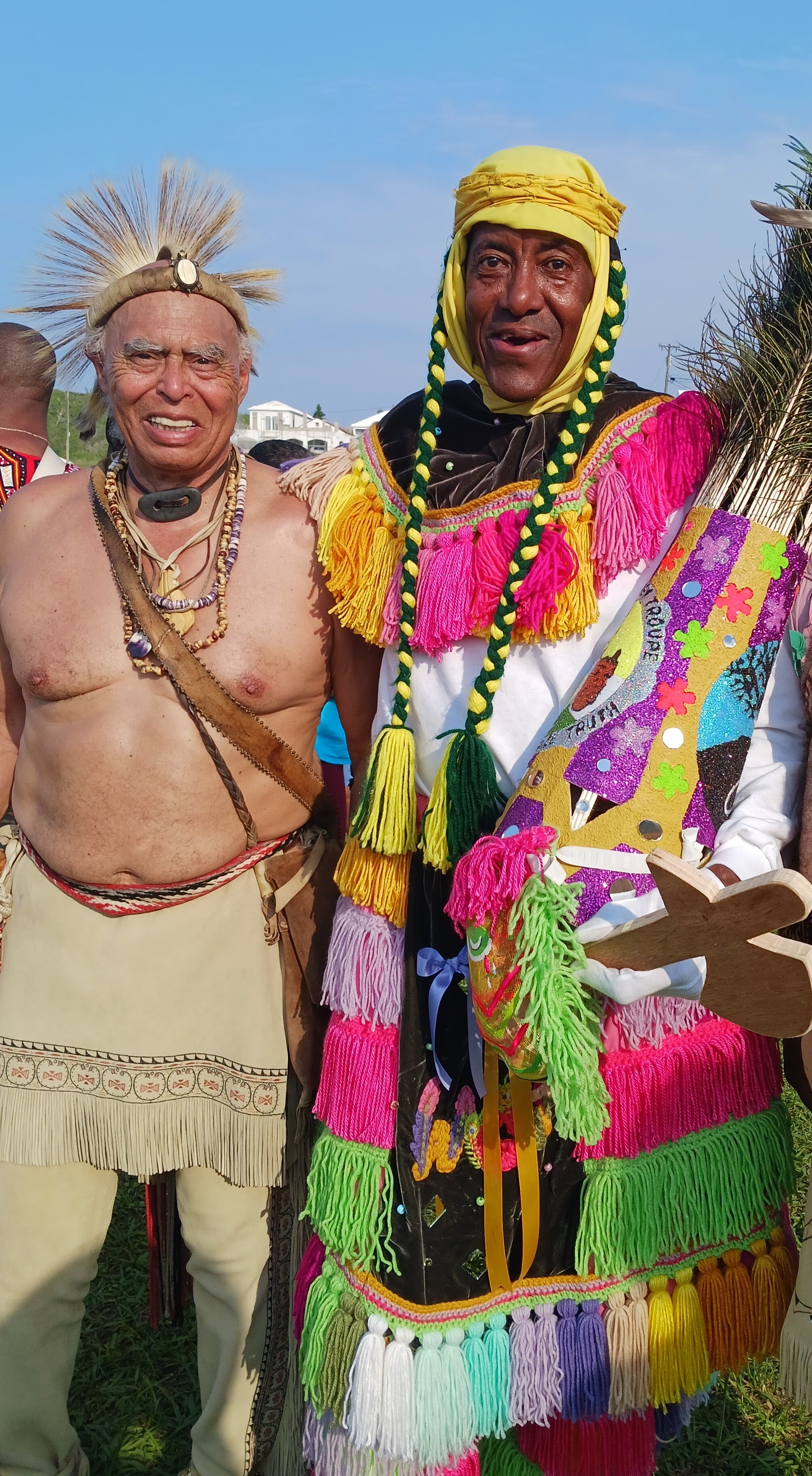
Just as it was in New England, the rumors that carried across generations proved what the official records wanted to hide. Tax records often listed enslaved people as property with no name—just age, gender, and sometimes race. But the stories came anyway, that people were descended from “the true Thanksgiving Indians, the people of Massasoit and his son, Metacom, who rebelled against the English. After the war, [Metacom’s son] was sent here with 80 members of his family,” explained Kevin Watts of St. David’s. Metacom’s son was known and acknowledged by his kin and countrymen, “but there were others here before him who had been brought after their village was burned,” Watts said. Where the State called them Mohawks, Lugo knew there was more truth in the rumor that they were actually Pequots.
Weeden’s and Lugo’s research both managed to hold on to that promise of family—those bonds of blood that we will not forget, our loved ones, our kin. Eventually, a reconnection was made, and the missing pieces came together to create a clear picture for both sides. For those of us left behind, we know where our relatives who were taken into the dark holds of slave ships after the Pequot massacre and King Philip's War ended up, even the family line of Metacom himself. For those taken in captivity to Bermuda, we can verify that the stories fit, that they do indeed come from us.
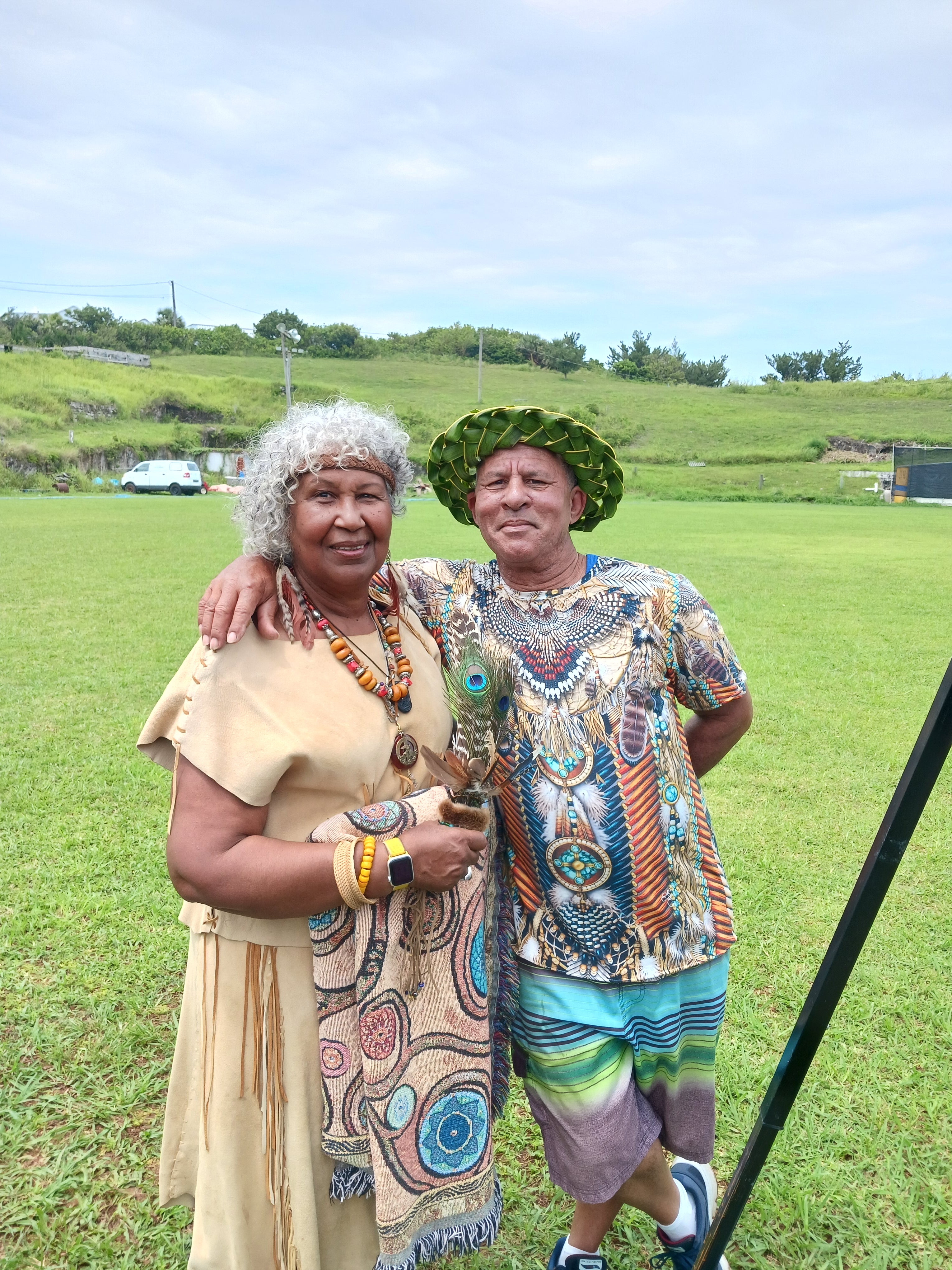
They look like us, too; sometimes remarkably so. Ishta Nuper Paynter of St. David’s found on a number of occasions that people approached him as if he were Guy Simonds from the Pequot Tribe, while Kevin Watts is often mistaken for Larry. Paynter told me, “We always knew that we were of Indian blood but we were never allowed to celebrate our culture.” One of the stops on the initial tour of St. David’s included the place of Dark Bottom, where, in the initial years of being brought to Bermuda, the people carved out a hollow in the densest wooded valley, where even in the middle of the day the valley was still dark. It was here, in Dark Bottom, that they were able to hold onto their ceremony and culture. For them, these practices were outlawed just as they were for us here at home. Paynter commented, “Now these children, this generation, is allowed to grow up with their culture. They are allowed to celebrate it, and we didn't always have that.”
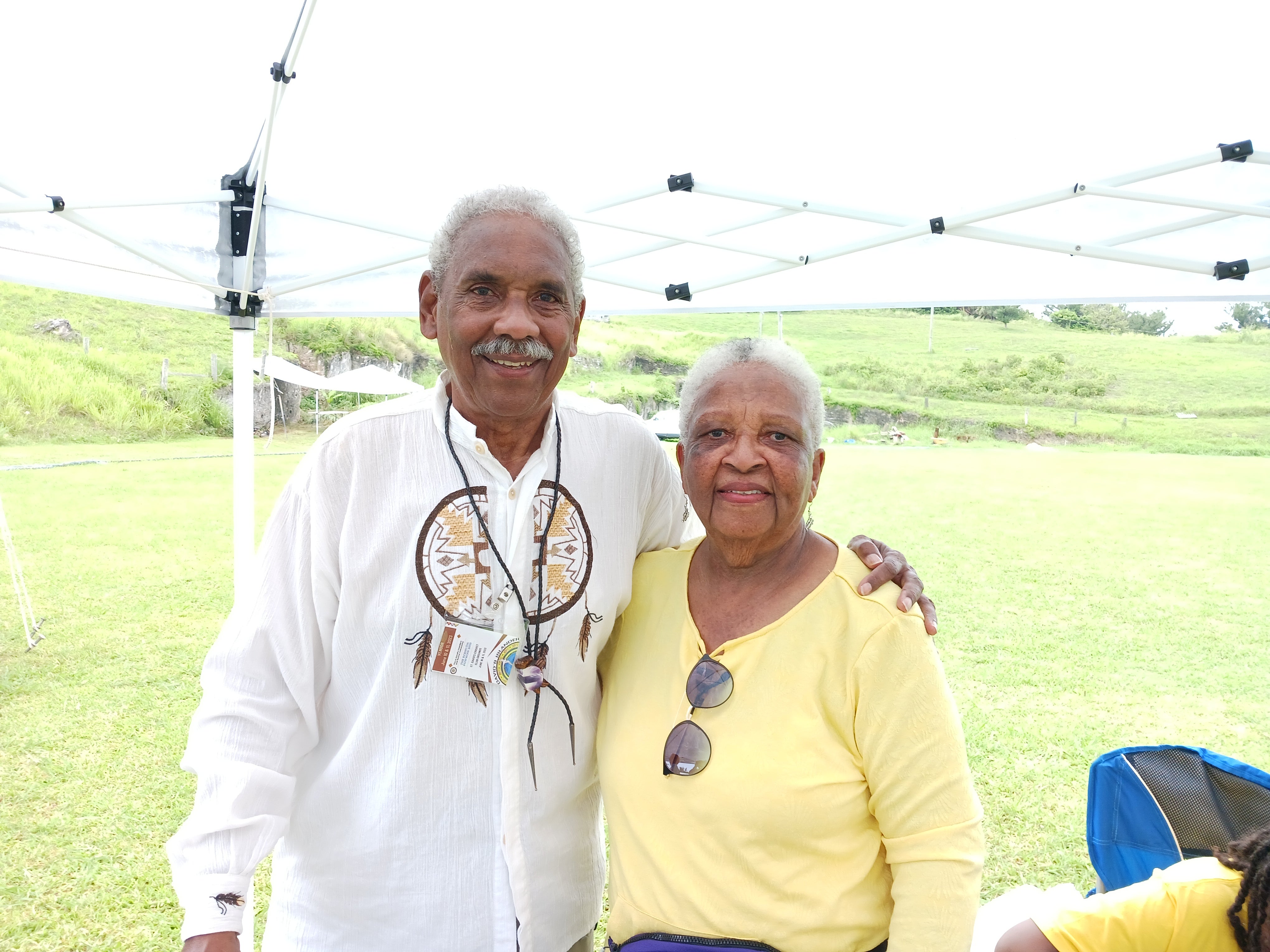
On both sides, we have endured centuries of hardship to hold on to who we are from generation to generation. Just as Weeden and Lugo followed the stories and notes of the ancestors, they have now followed them to the other side, becoming ancestors, too. Much of the work of documenting and researching this history has fallen on the shoulders of Tucker, who has traveled to New England many times and is a regular on the New England powwow circuit. He was often found sitting in the shade, swapping stories with Tall Oak or the late Chief Silent Drum. In 2009, he published a book about the true identity of the St. David's people and has been at the center of the reconnection celebrations since 2002.
It was powerful as a dancer, as a historian, as a Wampanoag, to see Tucker on his own ground, to see the places and hear the stories of his people where they landed. If you believe in spirit, you can only imagine what those 20 years of waiting must have been like compared to the 350 years separating these communities bonded by blood. These missing parts of us are now found in each other. In the Native world, forced relocation and assimilation through boarding schools, foster care, and slavery have separated so many of us. To quote Lenord Crow Dog, “Nothing is ever truly lost; you just have to go back and look for it.” Culture and tradition, these are things that are handed from one generation to the next. These things bond us as much as blood and kinship.
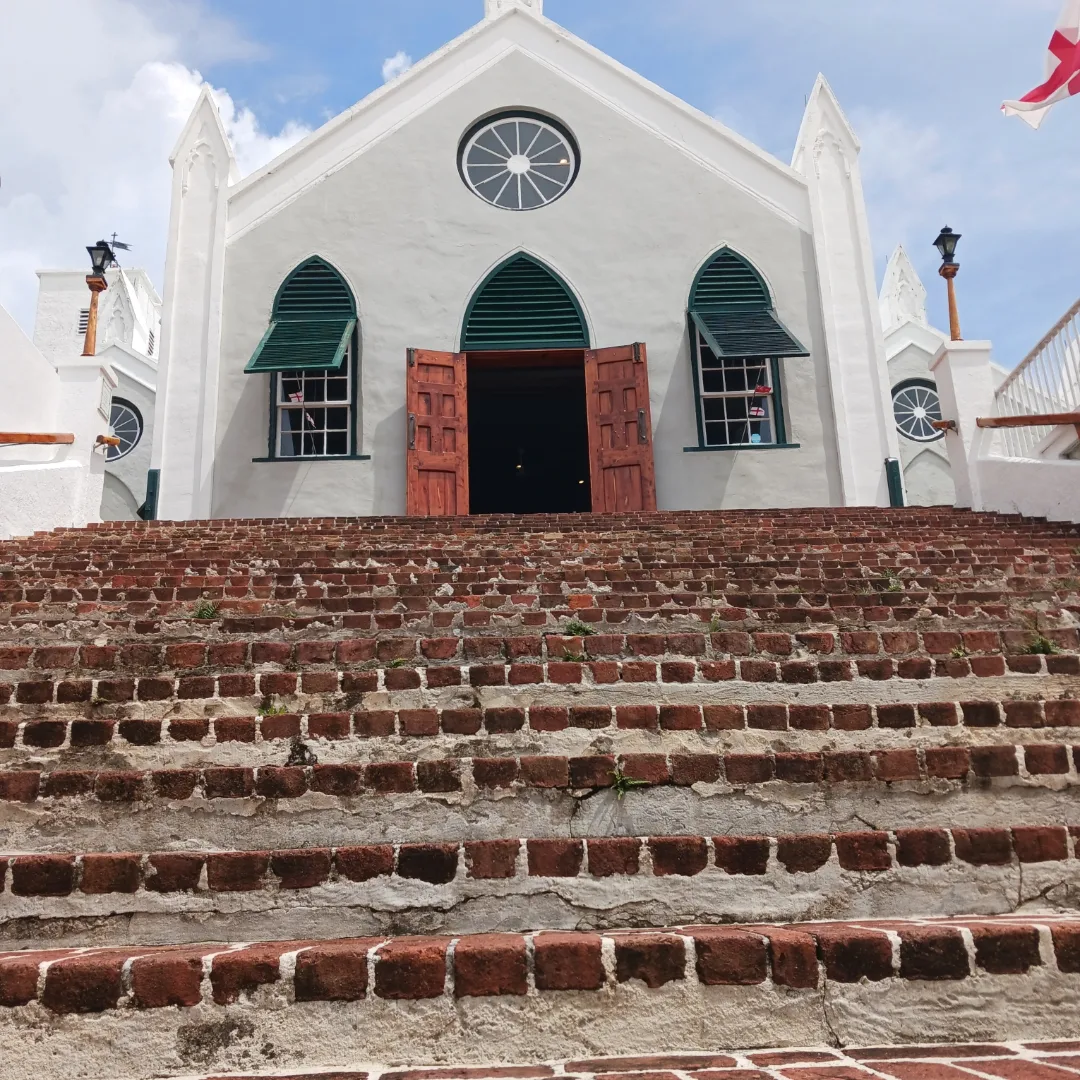
--Hartman Deetz (Mashpee Wampanoag) has been active in environmental and cultural stewardship for over 20 years. He is a traditional artist as well as a singer and dancer, having shown his art in galleries and performed for audiences from coast to coast across the U.S. He is currently a 2023-2024 Cultural Survival Writer in Residence.
